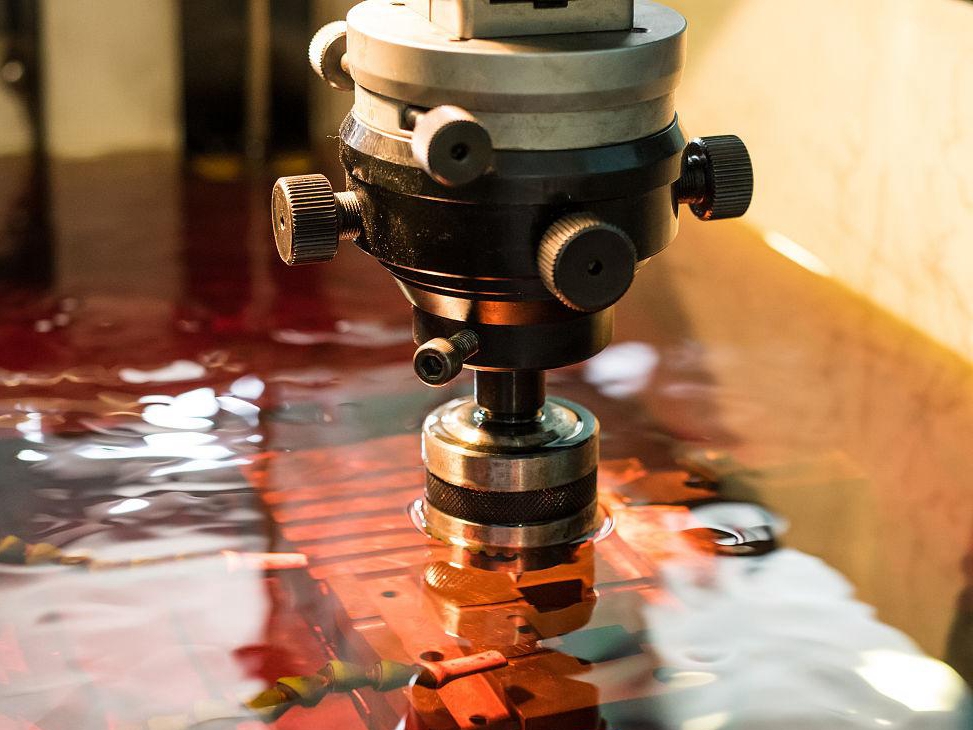Rene 41
Rene 41 3D Printing Materials Introduction
Rene 41 is a precipitation-hardened nickel-based superalloy renowned for exceptional strength, oxidation resistance, and creep-rupture properties up to approximately 980°C. Its remarkable high-temperature performance, corrosion resistance, and excellent weldability make it a preferred choice in additive manufacturing for critical aerospace and industrial applications requiring reliability under extreme operational conditions.
Industries such as aerospace, energy, and automotive heavily utilize superalloy 3D printing with Rene 41 to manufacture turbine blades, combustion liners, and exhaust systems, achieving significant improvements in efficiency, reliability, and operational lifespan.
Rene 41 Similar Grades Table
The table below outlines international equivalents for Rene 41:
Country/Region | Standard | Grade or Designation |
|---|---|---|
USA | UNS | N07041 |
USA | AMS | AMS 5545 / AMS 5712 |
USA | ASTM | ASTM B637 |
Germany | W.Nr. (DIN) | 2.4973 |
China | GB | GH4141 |
UK | BS | HR55 |
Rene 41 Comprehensive Properties Table
Category | Property | Value |
|---|---|---|
Physical Properties | Density | 8.25 g/cm³ |
Melting Range | 1316–1366°C | |
Thermal Expansion (20–1000°C) | 14.7 µm/(m·K) | |
Thermal Conductivity (20°C) | 10.9 W/(m·K) | |
Chemical Composition (%) | Nickel (Ni) | Balance |
Chromium (Cr) | 18.0–20.0 | |
Cobalt (Co) | 10.0–12.0 | |
Molybdenum (Mo) | 9.0–10.5 | |
Titanium (Ti) | 3.0–3.3 | |
Aluminum (Al) | 1.4–1.8 | |
Mechanical Properties | Tensile Strength | ≥1400 MPa |
Yield Strength (0.2%) | ≥1100 MPa | |
Elongation at Break | ≥10% | |
Modulus of Elasticity | 218 GPa | |
Hardness (HRC) | 38–44 |
3D Printing Technology of Rene 41
Rene 41 is typically processed using advanced additive manufacturing methods such as Selective Laser Melting (SLM), Direct Metal Laser Sintering (DMLS), and Electron Beam Melting (EBM). Each of these technologies offers unique benefits for achieving high-performance outcomes in demanding applications.
Applicable Process Table
Technology | Precision | Surface Quality | Mechanical Properties | Application Suitability |
|---|---|---|---|---|
SLM | ±0.05–0.2 mm | Excellent | Excellent | Aerospace, Energy Components |
DMLS | ±0.05–0.2 mm | Very Good | Excellent | Aerospace, Precision Parts |
EBM | ±0.1–0.3 mm | Good | Very Good | High-temp, Thick Components |
Rene 41 3D Printing Process Selection Principles
When intricate details, tight dimensional tolerances (±0.05–0.2 mm), and excellent surface finishes (Ra 3–10 µm) are required, Selective Laser Melting (SLM) is the optimal choice. Ideal applications include aerospace turbine blades and combustion chambers.
Direct Metal Laser Sintering (DMLS) is suitable for complex, high-precision components requiring similar precision (±0.05–0.2 mm) and excellent mechanical integrity. It is frequently selected for critical aerospace parts and medical-grade implants.
For robust, thick-walled components where rapid build speeds and moderate precision (±0.1–0.3 mm) are prioritized, Electron Beam Melting (EBM) is preferable, especially in energy and automotive exhaust applications.
Rene 41 3D Printing Key Challenges and Solutions
Significant residual stresses and potential distortions occur due to the thermal gradients in Rene 41 additive manufacturing. Implementing optimized support structures and Hot Isostatic Pressing (HIP) at temperatures of approximately 1150°C and pressures around 100–150 MPa effectively mitigates these stresses, enhancing component stability.
Porosity formation due to trapped gases or incomplete powder fusion can severely impact mechanical properties. Adjusting laser parameters—laser power of 250–400 W and scan speeds around 700–1100 mm/s—and applying post-processing treatments like HIP consistently achieve densities exceeding 99.8%.
Surface roughness, typically between Ra 6–15 µm, may impact performance. Employing CNC machining or electropolishing post-processing methods achieves precise surface finishes down to Ra 0.4–1.2 µm, meeting rigorous industry standards.
Powder oxidation and moisture contamination pose severe risks to Rene 41 powder quality. Strict environmental control, maintaining oxygen below 500 ppm and humidity under 10% RH, preserves powder integrity and ensures repeatable high-quality components.
Industry Application Scenarios and Cases
Rene 41 is extensively applied in various high-temperature demanding sectors:
Aerospace: Turbine blades, combustor liners, and nozzle guide vanes requiring excellent strength and oxidation resistance.
Energy & Power: Gas turbine components subjected to prolonged high-temperature operation.
Automotive: High-performance exhaust systems and turbocharger components benefiting from superior heat resistance and structural stability.
A notable aerospace case study demonstrates successful adoption of Rene 41 via SLM technology for turbine blades, achieving 25% performance improvement in operational cycles and substantial cost savings over traditional manufacturing methods.
FAQs
What industries commonly use Rene 41 in 3D printing?
Which 3D printing technologies are most suitable for Rene 41 components?
What are the major challenges in 3D printing Rene 41 and how can they be overcome?
How does Rene 41 compare to other nickel-based superalloys like Inconel 718?
What post-processing techniques enhance Rene 41 part performance and surface finish?
2/2



